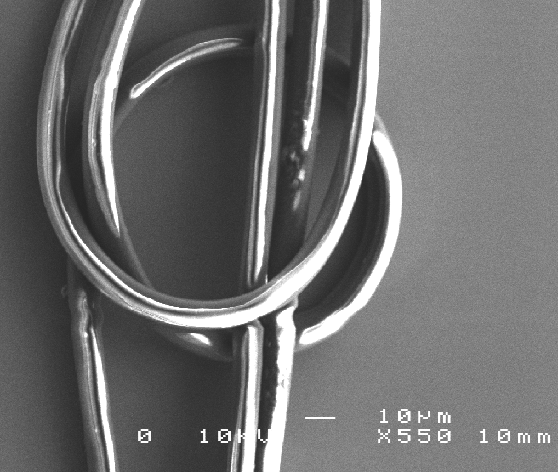Spider silk
Spider silks possess a range of qualities that are rarely found simultaneously in one material. Outstanding toughness, extensibility and strength are only a few of the desirable traits that make spider silk of so much interest as a potential commercial product. Silk is recyclable, biodegradable and, unlike synthetic high-performance materials, it is extremely lightweight. A further advantage lies in its processing conditions and requirements. Whereas the production of Kevlar and other synthetics come at a high monetary and environmental cost, spiders spin recyclable fibres on demand, under ambient conditions using water as a solvent, at the energetic cost of an insect dinner.
Spider silks therefore represent a gold standard for high performance fibres, and an excellent opportunity to learn from the millions of years’ evolution that has led to its outstanding properties. Two aspects of spider silk are particularly interesting for us. The first is in understanding the structure-property-function relationships in the silk material, particularly the mechanisms underpinning its toughness, its self-healing capability, and the role of water in enabling/modulating these properties. The second is in understanding the physical processing responsible for creating these relationships, and replicating them in synthetic materials.
